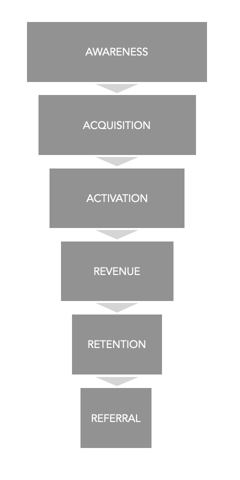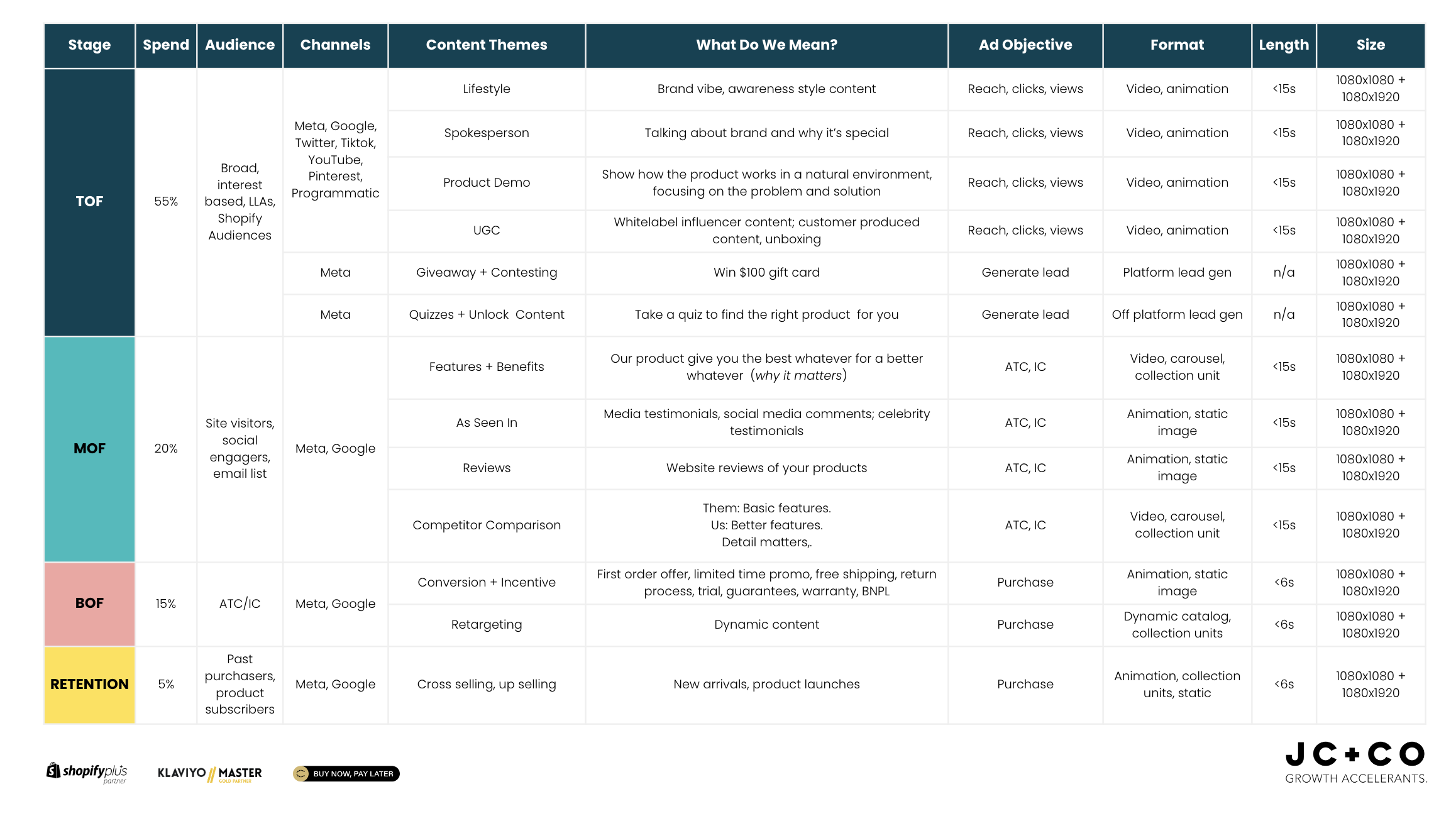When we first see young brands go to market and start spending money on generating interest and sales, one of the biggest mistakes we see made is the lack of an actual ad strategy. More often than not, ad strategy is being led by creative concepts that brand founders think will generate a hook with their audience - and, more often than not, it's focused on the purchase objective.
@buildlaunchscale Let's design a full funnel ad strategy. Cordless iron is @lunatabeauty. #business #businesscoach #businessgrowth #businessmindset #businesstip #businesstips #entrepreneurlife #entrepreneurship #startup #entrepreneurmindset #startupbusiness #startuplife #startuptips #startups #smallbusiness #smallbusinesscheck #smallbusinesstips #smallbusinessgrowth #shopify #ecommercebusiness #shopifytips #ecommercetips ♬ original sound - Jacquelyn Corbett
Start With the Consumer Journey
But isn't advertising just an implementation of everyday marketing? And doesn't marketing require introducing somebody to a brand, trying to create microconversions that allow you to educate them on why what you're selling is special/unique, and ultimately driving them towards purchase? To me, they journey has always felt kind of like this (I'll write more on this topic later, but rest assured I have strong opinions).

And, let me tell ya - if you're not thinking full funnel in both marketing objectives and consumer journey, everything just starts costing more. (We'll talk KPIs on full funnel approach later.)
Plan the Content for Each Funnel Stage
Here's a high level approach to how we think about digital marketing ad strategy on a full funnel basis.

First off: the funnel stages are often set up in ad platforms by brands and agencies as though they're audience-based. My opinion is that the funnel shouldn't be simply audience-based - it should be driven by the marketing objective of that stage of the customer journey.
I know, crazy, right?
Some people go bananas at this point and say well, like that sounds great but it looks like it would be incredibly expensive to produce all of this content.
This, my humans, is why planning, preparation, organization, and systematic operational approach is so critical. If you actually spreadsheet these requirements out, you can pretty simply and effectively determine how photo and video can be used across content themes with different design production applied. But if you don't pre-plan, you're trying to start from the end.
Set the Goal of Each Stage of the Funnel
When we set up our top of funnel campaigns, we want to focus on content that delivers reach, clicks, and views.
When we set up middle of funnel campaigns, we want to focus on content that delivers add to carts, initiated checkouts.
When we set up bottom of funnel campaigns, we want to focus on content that delivers purchase.
And when we set up retention based campaigns, we want to focus on content that delivers lifetime value.
So if you go out and create TOF campaigns pushing to purchase - you're effectively saying to complete strangers that they should buy. All fine and good, except that as you can imagine the cost of acquiring a complete stranger from scratch is certainly going to be higher than the cost of acquiring a warmed up prospect.
Monitor and Optimize KPIs
Listen, the name of the game is always optimizing the blended cost of acquisition in your business. Ad strategy is just one piece of the puzzle - but you should be thinking about it as a critical input.
In an ideal world, you have target KPIs for each funnel stage associated with the marketing objectives that define that funnel stage. Chances are, you're going to start with just what it is and try to bring the cost per action down over time. This simple action allows you to continually refine the strategy and deliver the optimal cost of acquisition.
You see how the math works, right?
Get building and DM me on Tiktok if you have questions.

Comments